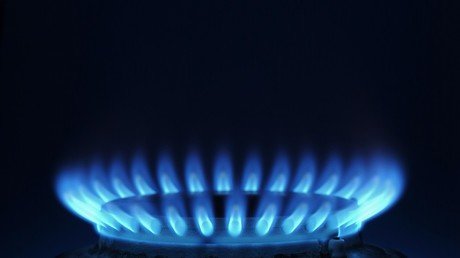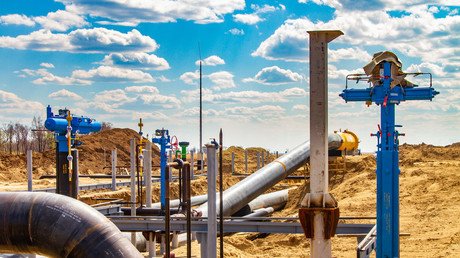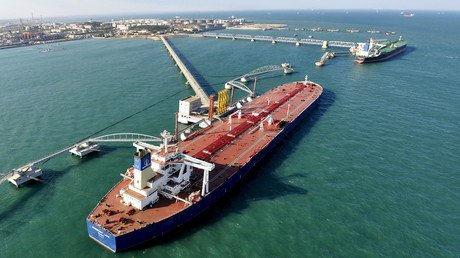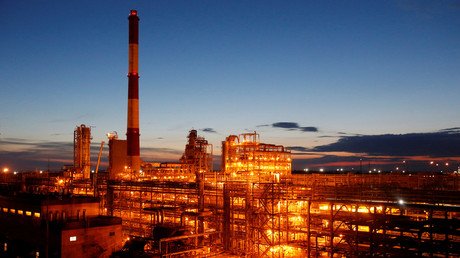Winter is coming: Russia looks to boost gas sales in tighter European markets
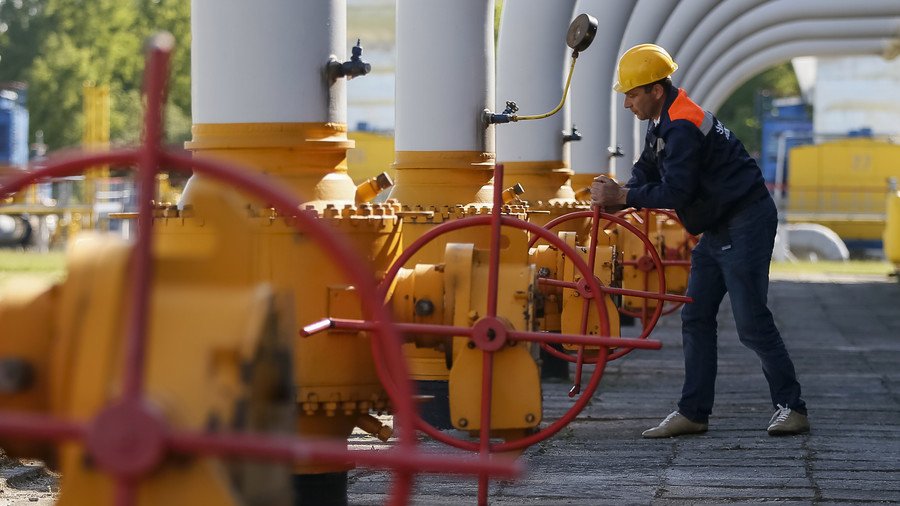
As Europe braces for a tighter natural gas market this winter, additional flexibility in supply is most likely to come from Russia, and in specific by the turnkey Yamal LNG facility.
Western Europe will need more flexibility in natural gas supplies in the coming winter season. The European market has been tight amid higher demand in the summer’s heat wave, while natural gas stockpiles are lower than usual after one of the coldest winters in the past decade. Liquefied natural gas (LNG) is more profitable to send out to other (Asian) destinations. So some additional flexibility will be needed in the near term as the northern hemisphere is preparing for the winter.
This additional flexibility in natural gas supplies to Northwest Europe, the Netherlands in particular, is likely to come from Russia, S&P Global Platts said in an analysis this week. The prime source of Russian supplies will be pipeline gas from gas giant Gazprom, which holds more than a third of the European gas market. The Yamal LNG facility in Russia, which started operations last winter, could also provide more flexibility in winter supplies, traders tell S&P Global Platts.
Russian pipeline volumes via the Velké Kapušany point on the Ukraine-Slovakia border bound for further west in Europe have been somewhat depressed over the past week. Traders are not sure what the cause is, telling Platts that the Russian flows remain a sort of a wild card.
Yet, pipeline supply from Russia’s Gazprom is likely to be Northwest Europe’s key flexibility source this winter—a role that Gazprom would only be too happy to play.
“LNG is out of the picture. Storage is not that great. Solution: LNG from Yamal and the wildcard: the Russians,” a European gas trader told Platts.
After touching their highest levels for a summer season, natural gas futures prices in Northwest Europe have continued to rise in anticipation of tightening supply as winter is approaching.
Natural gas prices in the UK surged to the highest for a summer season, with Europe’s natural gas market the most bullish in years, as higher-than-expected summer demand and a tighter market drove natural gas price futures to levels last seen during this past winter’s supply crunch.
The cold spell in Europe at the end of February and early March led to record withdrawals in the first quarter of 2018, and storage levels dropped to 18 percent of capacity—well below the five-year range, the European Commission (EC) said in its Q1 Quarterly Report on European gas markets. By the end of the winter season, natural gas stock levels dropped below 10 percent of capacity in countries such as Belgium, France, and the Netherlands, where high gas demand from the UK contributed to strong withdrawals this winter, the report said.
Read more on Oilprice.com: Platts Survey: OPEC Production Jumps To 10-Month High
Earlier this month, unplanned outages in Norway reduced gas outflows to other countries and are expected to continue to do so for at least another three weeks, which, according to traders, will further boost natural gas prices in Europe. UK wholesale gas prices are rising as a result of the Norwegian outages and another outage in Scotland.
The futures contract prices in the Dutch and UK hubs are also rising as winter approaches in a tighter-than-usual market.
Russian supplies could provide the flexibility that could help balance the market, and Gazprom will be happy to oblige.
Gazprom estimates that its deliveries to Europe and Turkey in January-August 2018 rose by 5.6 percent compared to the same period last year, the Chairman of the Management Committee, Alexey Miller, said last week, noting that “Europe’s demand for Gazprom’s gas has been remarkably high for three years in a row.”
Gazprom also launched in mid-August an Electronic Sales Platform (ESP) for physical natural gas sales to European consumers, in addition to supplies under existing contracts. The Russian firm expects the platform “to become an additional mean to optimize supplies of gas,” Elena Burmistrova, Director General of Gazprom Export, said.
As Europe is heading to a tight winter gas market, Russia could further boost its gas sales and market share in its capacity of a key flexibility supplier.
This article was originally published on Oilprice.com
